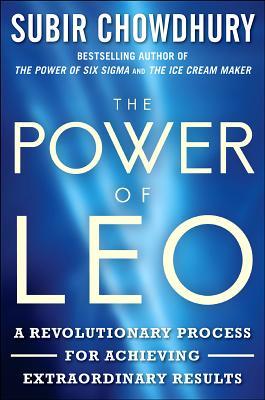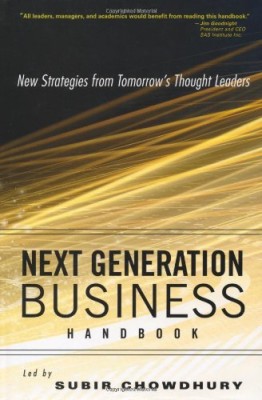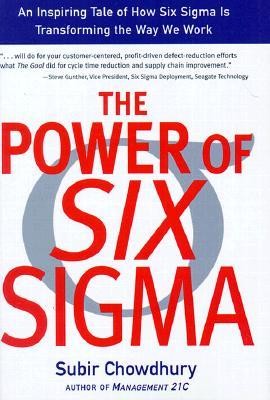In these times of hyper-multitasking and high level productivity, the success of an organization depends more and more on the effective use of talented people. Talent-centered organizations will constantly search for new talent, keep them by satisfying their needs, use them effectively, and create a challenging environment for them to work in.
People create organizations and people destroy them. Therefore, isn’t it logical that the most valuable commodity in business is not technology and capital but the people? Consider then talent-centered organizations that constantly search for new talent, better talent, and keep them by creating challenging environments for them to work, satisfying their needs and using their abilities effectively, and rewarding them for successful outcomes.
I proposed the Talent Management System (TMS) as an effective tool for creating a symbiotic relationship between talent and the organization to dramatically accelerate performance improvement.
For decades, organizations have used metrics like ROI (return on investments) and ROA (return on assets) to determine key values of their business activity. More organizations are now searching for better metrics, ones that delver deeper into assets that develop as a direct result of activity.
Return on Talent (ROT) expands our view of our assets, makes us aware of the underlying strengths, weaknesses, and potential. While measurements like ROI and ROA look at the use of financial capital, ROT measures the return on human capital.
ROT can be calculated as:
ROT = knowledge generated/investment in talent
Often, the challenge for organization is to quantify the value of the knowledge generated and applied. This value can come in the form of cost savings, sales growth, new product development and so on. If intangible knowledge is generated, measurements must be devised to enable the organization to understand and determine the value of the Talent.
The TMS can quickly transform an organization from am also-ran or a laggard to a world-class leader. The 21st century organization will relentlessly search for innovation. The creative process is always chaotic, but innovative organizations always have persistent people who make things happen. 21st century organizations will support persistent people and encourage them to believe in their dream.
Organizational Behavior – Collaboration with Thought Leaders
Columbia University, USA
- W. Warner Burke
Professor of Psychology and Education
Organization 21C
ESSEC (Ecole Superieure des Sciences Economiques et Commerciales), France
- Hamid Bouchikhi
Professor of Strategic Management
Management 21C
Harvard Business School, USA
- Michael Beer
Cahners-Rabb Professor of Business Administration
Organization 21C - Rosabeth Moss Kanter
Professor of Business Administration
Management 21C
INSEAD, Fontainebleau, France
- Gareth Jones
Visiting Professor of Organizational Behavior
Organization 21C - John R. Kimberly
Salmon and Rameau Fellow in Healthcare Management
Management 21C
London Business School, UK
- Rob Goffee
Professor of Organizational Behavior
Organization 21C
University of Michigan Business School, USA
- Dave Ulrich
Professor of Business Administration
Management 21C
University of Technology, Sydney, Australia
- Dexter Dunphy
Distinguished Professor
Organization 21C
University of Western Ontario, Canada
- David Conklin
Professor of International Strategy
Management 21C - Lawrence Tapp
Dean
Management 21C


















